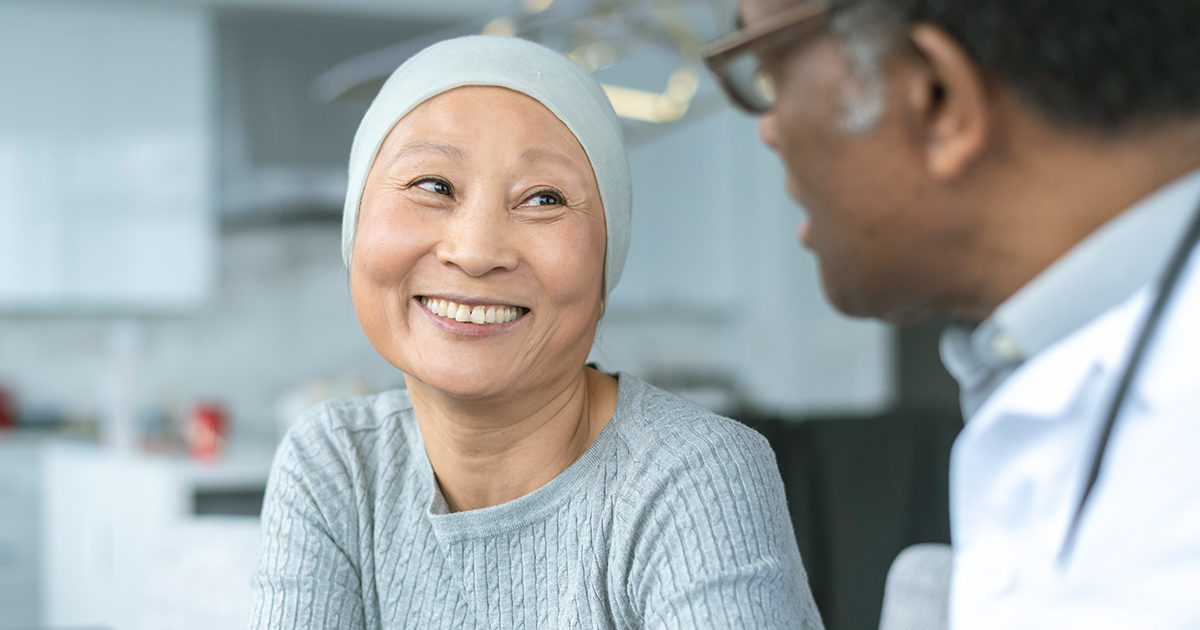About Melanoma
Melanomas are most commonly found on the skin (cutaneous melanoma) but can be found in eyes (ocular melanoma) and in the lining of body cavities (mucosal melanoma), including the mouth, nose, esophagus (food pipe), rectum, and vagina.
Common Symptoms of Melanoma:
- Asymmetry: Is one side of the mole different than the other?
- Border irregularity: Are the edges irregular, jagged, or blurred?
- Color variation: Is the mole getting darker, changing color, or contain several colors?
- Diameter: Is the mole larger than the head of a pencil eraser?
- Evolution: Is the mole changing in size, shape, color, bleeding, or has other concerning symptoms?
- Feeling: Has the sensation around a mole or spot changed?
Melanomas usually appear as dark colored spots on the skin but can be pink or light in color. Some melanomas do not have color (such as amelanotic or desmoplastic melanoma), which is why you should let your dermatologist know if an area of your skin is changing, has a new look, or doesn’t seem to be healing.
Common Risk Factors for Melanoma:
- Light skin type that reacts sensitively to sunlight
- Severe, blistering sunburns experienced during childhood or adolescence
- Exposure to strong sunlight at regular intervals
- Presence of multiple moles (more than 50) on your body
- Presence of large moles (more than 2 inches in diameter) on your body
- Appearance of new moles on your body
- A history of skin cancer in your family
- Previous diagnosis of melanoma
- Atypical mole and melanoma syndrome (AMS), a condition passed on through genes in which people have lots of moles that look abnormal when they are removed
- Noticeable changes in your moles
Melanoma Staging is Based on:
- How deep the melanoma is (measured in millimeters)
- Whether the melanoma has spread to lymph nodes and how much tumor is in the lymph node(s)
- Whether the melanoma has spread beyond the lymph nodes to other organs (metastasized)
Most people find out they have a melanoma after they have a biopsy of a spot on their skin. The first type of staging (clinical stage) is done based on the biopsy results and physical examination, such as feeling for large lymph nodes. Your dermatologist or surgical oncologist may order blood tests, a needle biopsy of a mass felt upon exam, or specialized x-rays as part of staging. If surgery is part of your treatment, final or pathologic staging will be made based on the results of surgery.
Treating Melanoma at UT Health Austin
Treatment will depend on the stage of the melanoma. Based on the biopsy results, you may only need to have the melanoma removed by your dermatologist who did the biopsy. However, in other cases, you will see a surgical oncology specialist, who will examine you, review the biopsy results, and make recommendations. Your treatment may include surgery to remove the area of the melanoma with a safety margin of normal skin, surgery to remove lymph nodes that the melanoma could spread to, medications given through an IV to target the melanoma cells, or a combination of these treatments. The medications, called immunotherapy and targeted therapy, are administered by a medical oncologist.
Care Team Approach
At UT Health Austin, we take a multidisciplinary approach to your care. This means you will benefit from the expertise of multiple specialists across a variety of disciplines. Your care team will include specialists that are nationally recognized leaders at the forefront of their fields, including medical oncologists, surgical oncologists, radiation oncologists, advanced practice providers, physical therapists, social workers, dietitians, and more, who work together to help you get back to the things in your life that matter most to you.
We also collaborate with our colleagues at the Dell Medical School and The University of Texas at Austin to utilize the latest research, diagnostic, and treatment techniques, allowing us to identify and utilize new therapies to improve cancer treatment. We are committed to communicating and coordinating your care with your other healthcare providers to ensure that we are providing you with comprehensive, whole-person care.
Learn More About Your Care Team

Surgical Oncology Clinic
Health Transformation Building, 8th Floor
1601 Trinity Street, Bldg. A, Austin, Texas 78712
1-833-UT-CARES (1-833-882-2737)
Get Directions